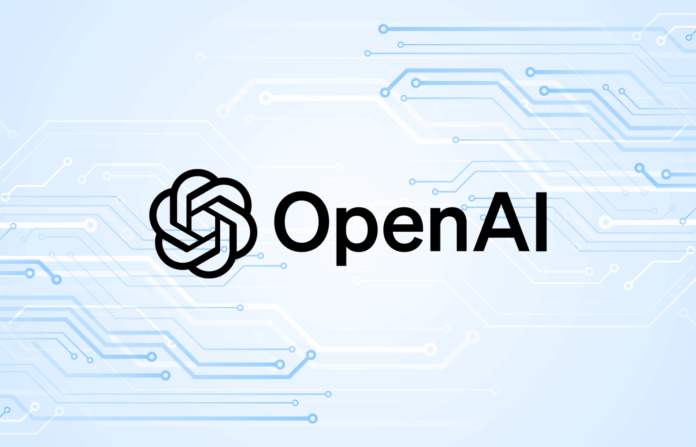OpenAI is doubling down on its vision for AI in the U.S., unveiling its economic blueprint, “AI in America.” This document outlines strategies to spur AI development, regulate the technology, and maintain America’s edge over global competitors like China. The release comes as OpenAI CEO Sam Altman strengthens ties with the incoming Trump administration, signaling a pivotal moment for AI policy.
“We believe America needs to act now to maximize AI’s possibilities while minimizing its harms,” OpenAI head of global policy Chris Lehane writes in the blueprint, which highlights the potential of artificial intelligence (AI) to revolutionize sectors like medicine, education, and finance while emphasizing the need for responsible development.
Key Proposals in OpenAI’s Economic Blueprint
The 15-page OpenAI blueprint offers the following recommendations for advancing AI in America:
- Increased Investment in Infrastructure: The company urges significant public and private funding for advanced computing centers essential for AI tools and systems.
- International Collaboration: OpenAI advocates for partnerships with countries in the Middle East, such as Saudi Arabia and the UAE, to attract investment and prevent funds from flowing to China.
- Light-Touch AI Regulations: OpenAI recommends a unified federal framework for AI regulations, opposing state-level rules that could fragment the industry and weaken U.S. competitiveness.
- Balancing Growth With Safety: The company highlights the importance of security measures while ensuring the equitable distribution of AI benefits.
The timing of this initiative is no coincidence. In December, Sam Altman, OpenAI’s CEO, donated $1 million to President-elect Donald Trump’s inaugural fund. This move signals a calculated effort to strengthen ties with the incoming administration and influence its AI strategy.
The Stakes for AI Development in America
The competition to lead in AI is fierce. OpenAI’s rivals, including xAI—led by Elon Musk, an ally of incoming president Trump—are scaling up investments in computing infrastructure. With the stakes so high, OpenAI’s blueprint warns that delays in U.S. policy could redirect critical foreign investments to China.
Lehane framed the geopolitical challenge succinctly: “Are those countries going to be building on U.S. rails or on CCP rails?” The implications extend beyond economics, touching on national security and global AI dominance.
The Road Ahead
The economic blueprint represents OpenAI’s effort to shape the Trump administration’s approach to AI. With a focus on collaboration and innovation, OpenAI plans to host an event on January 30 to demonstrate its latest technology and engage with policymakers. This push underscores the critical role AI plays in America’s economic and strategic future. While the debate over AI regulations continues, OpenAI’s proposals aim to secure the U.S.’s leadership in this transformative field, ensuring both growth and safety.
Learn how to invest in AI to stay ahead of the curve and make the most out of AI opportunities offered by the likes of OpenAI’s blueprint.
